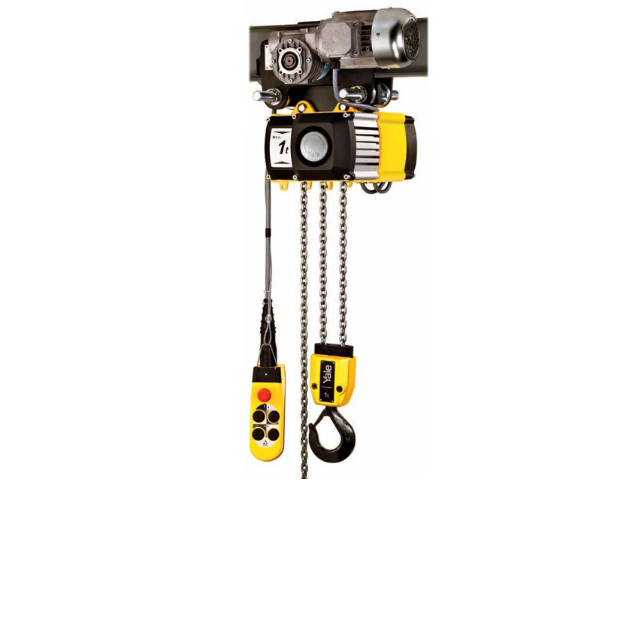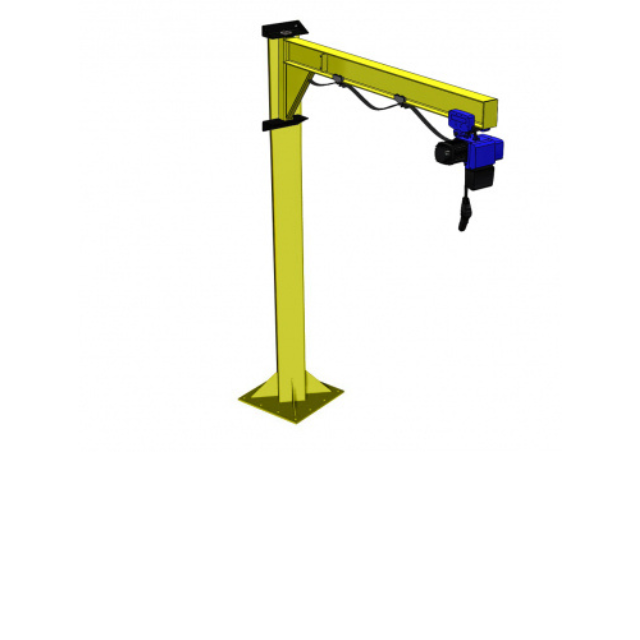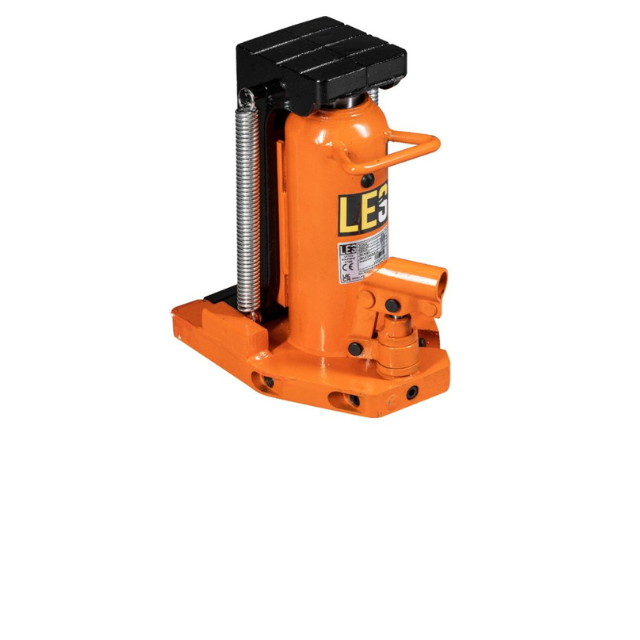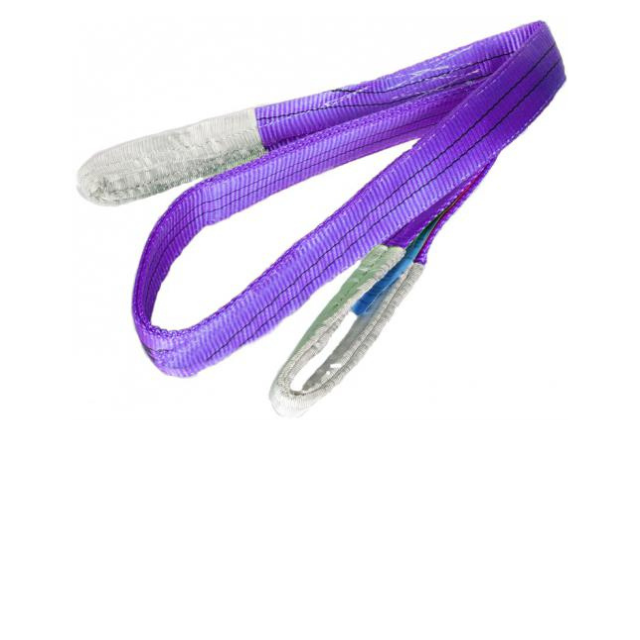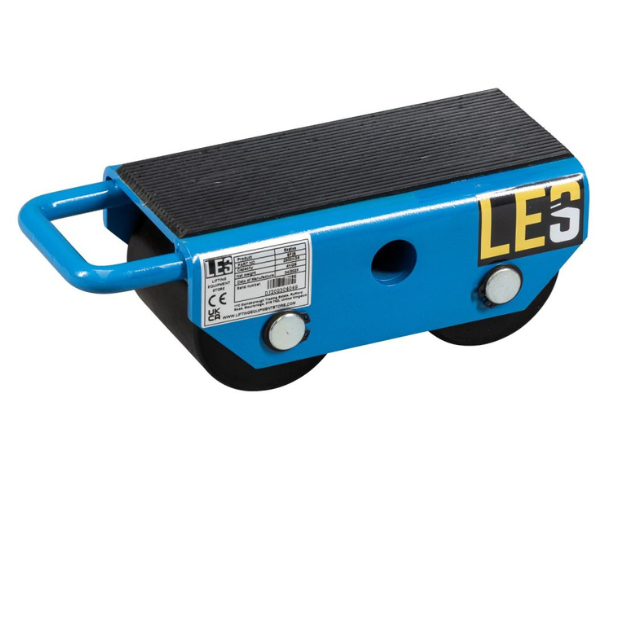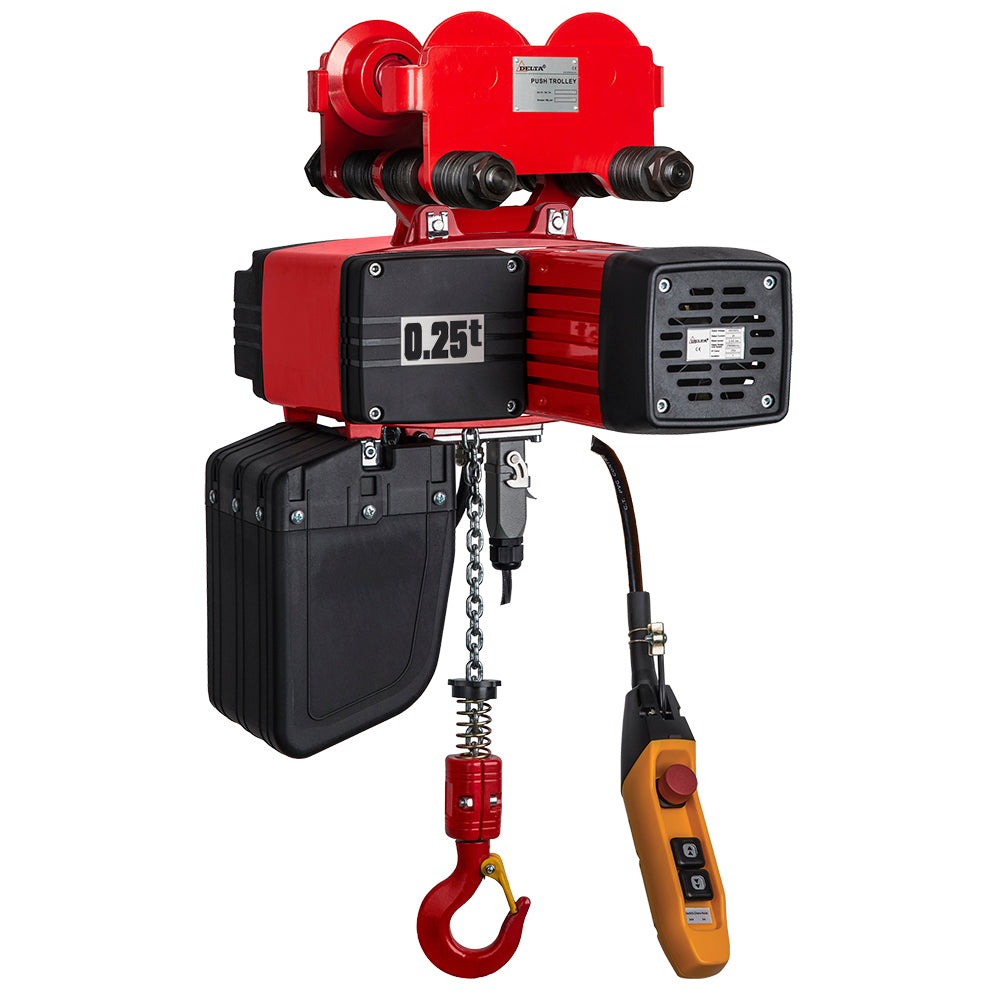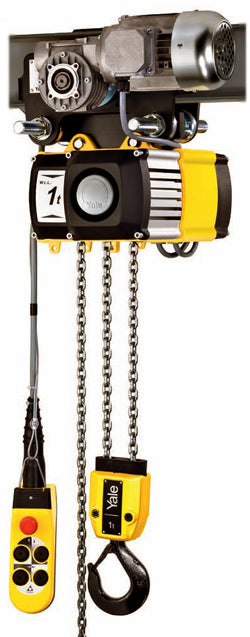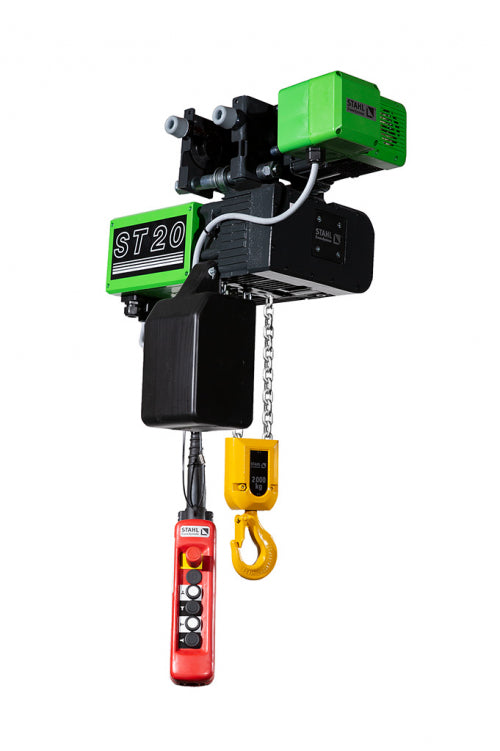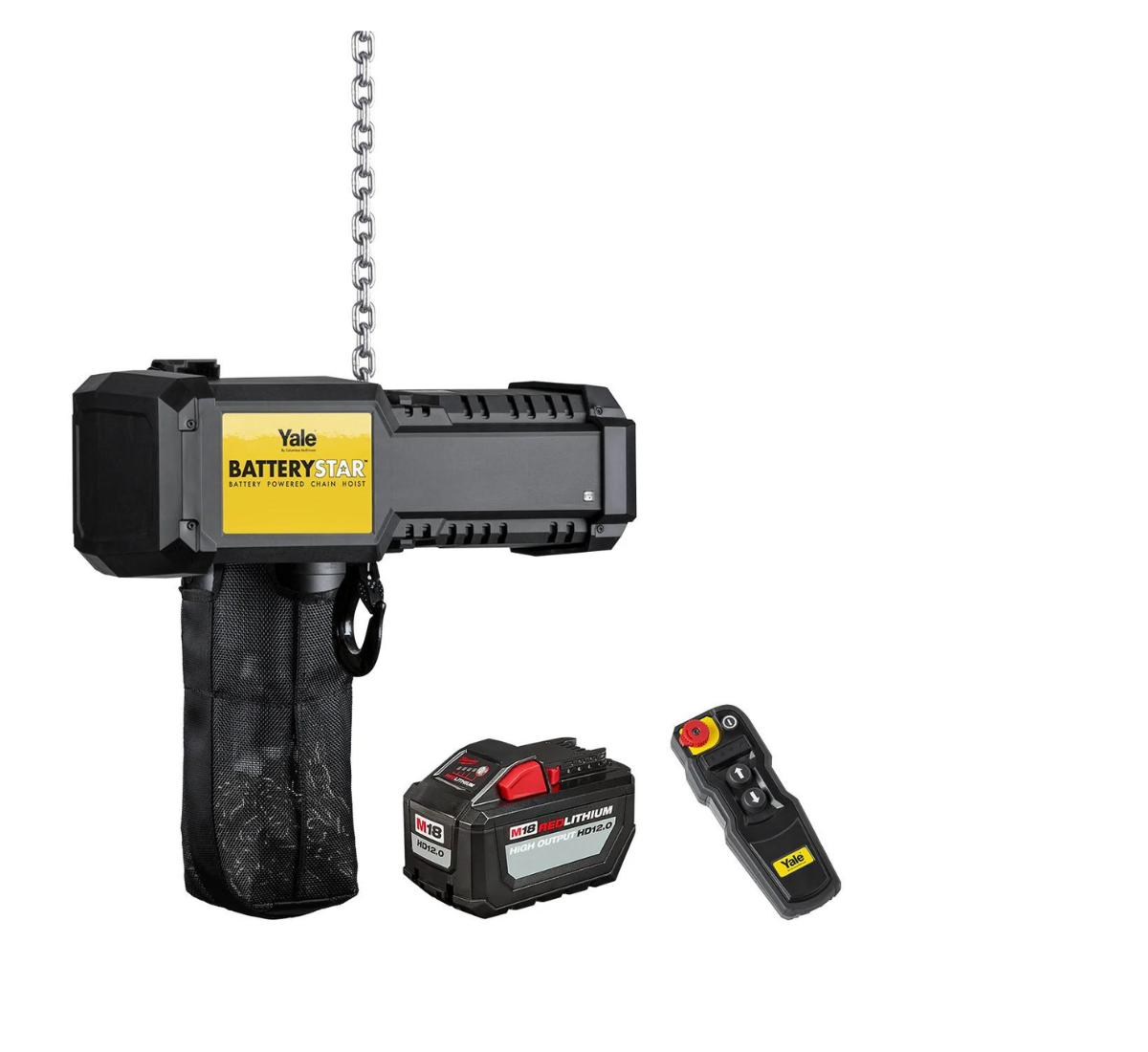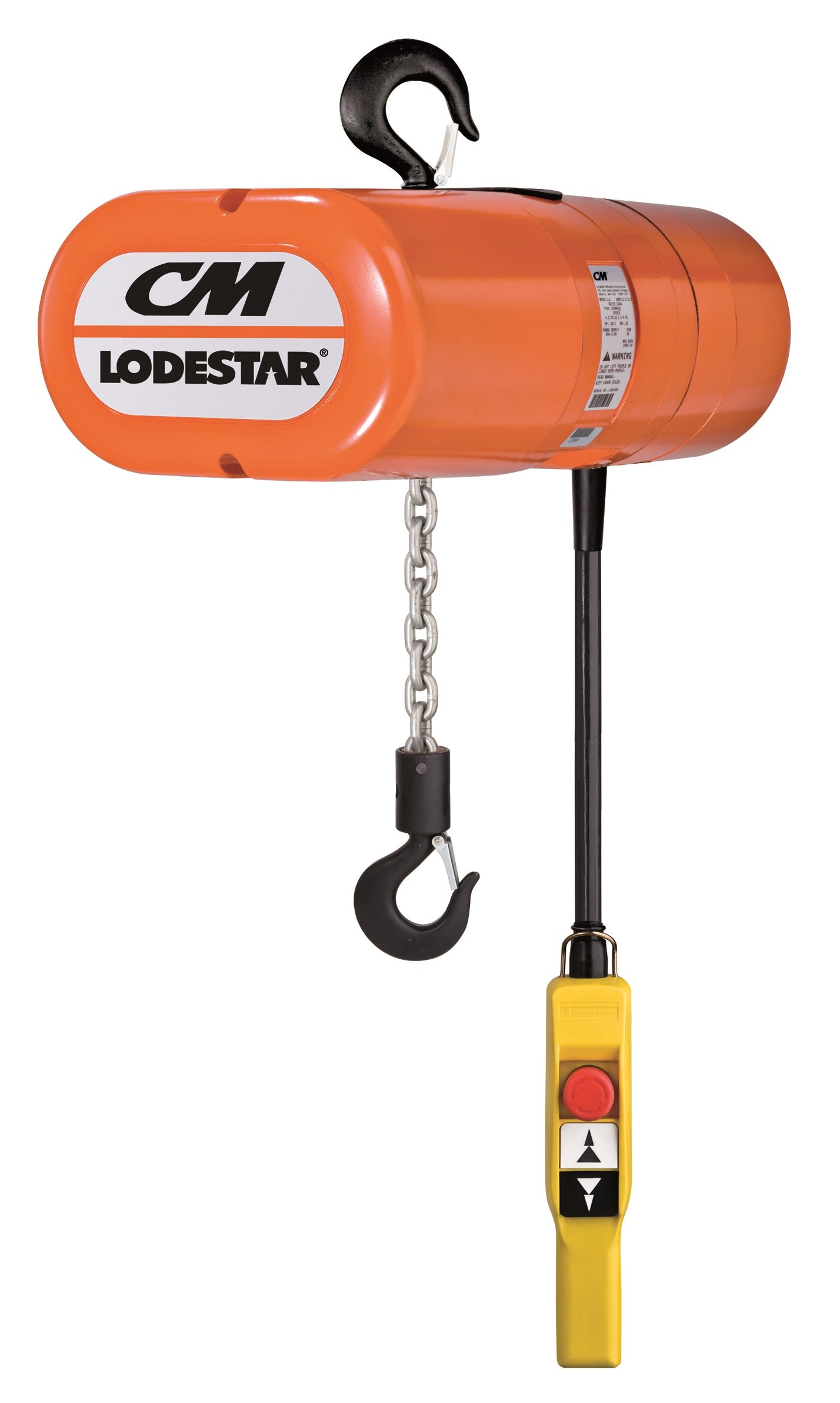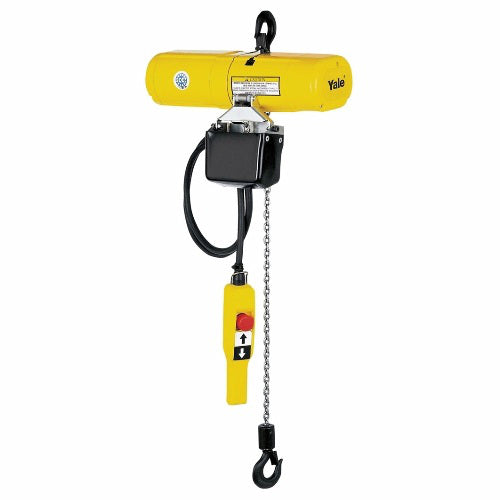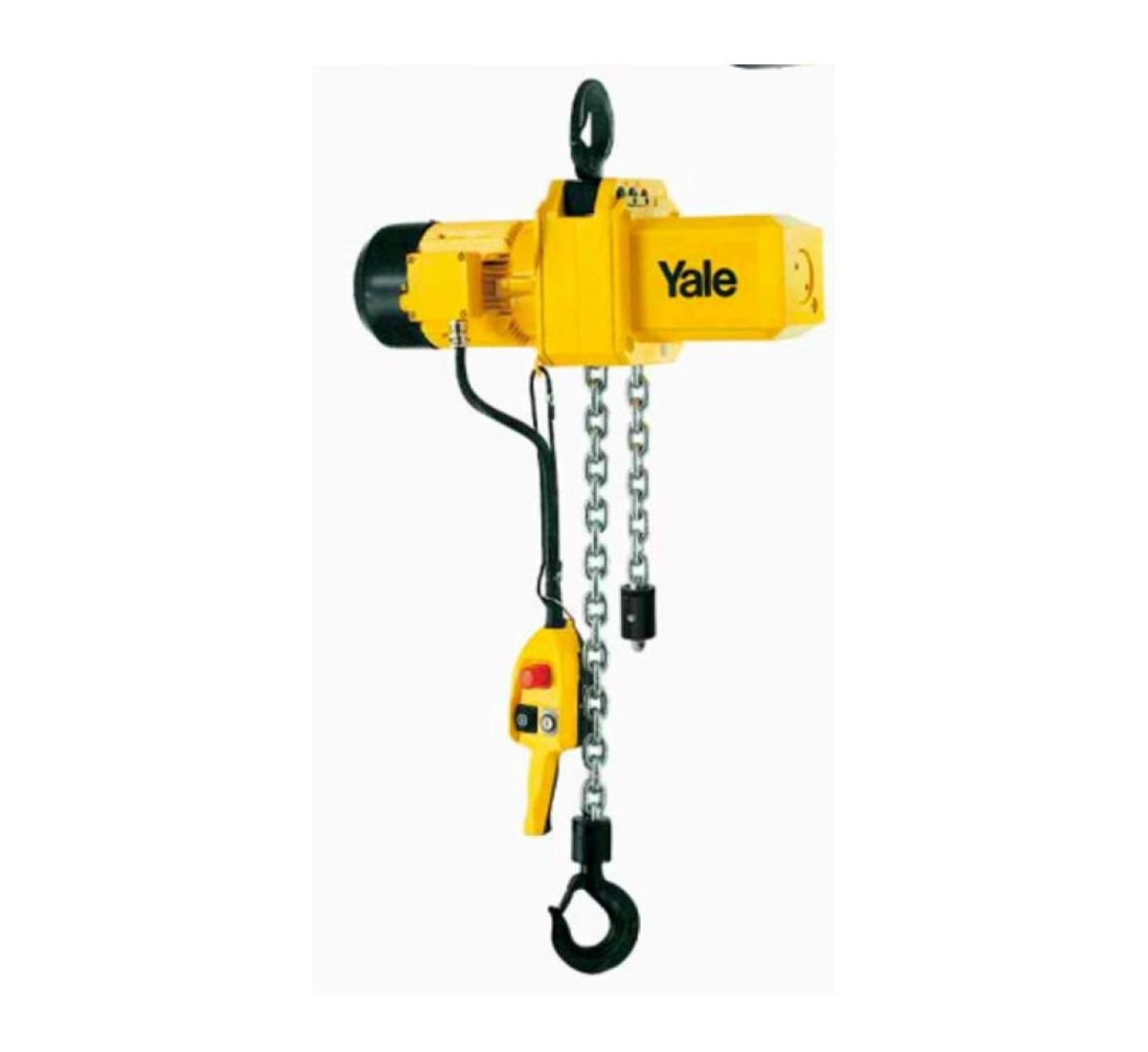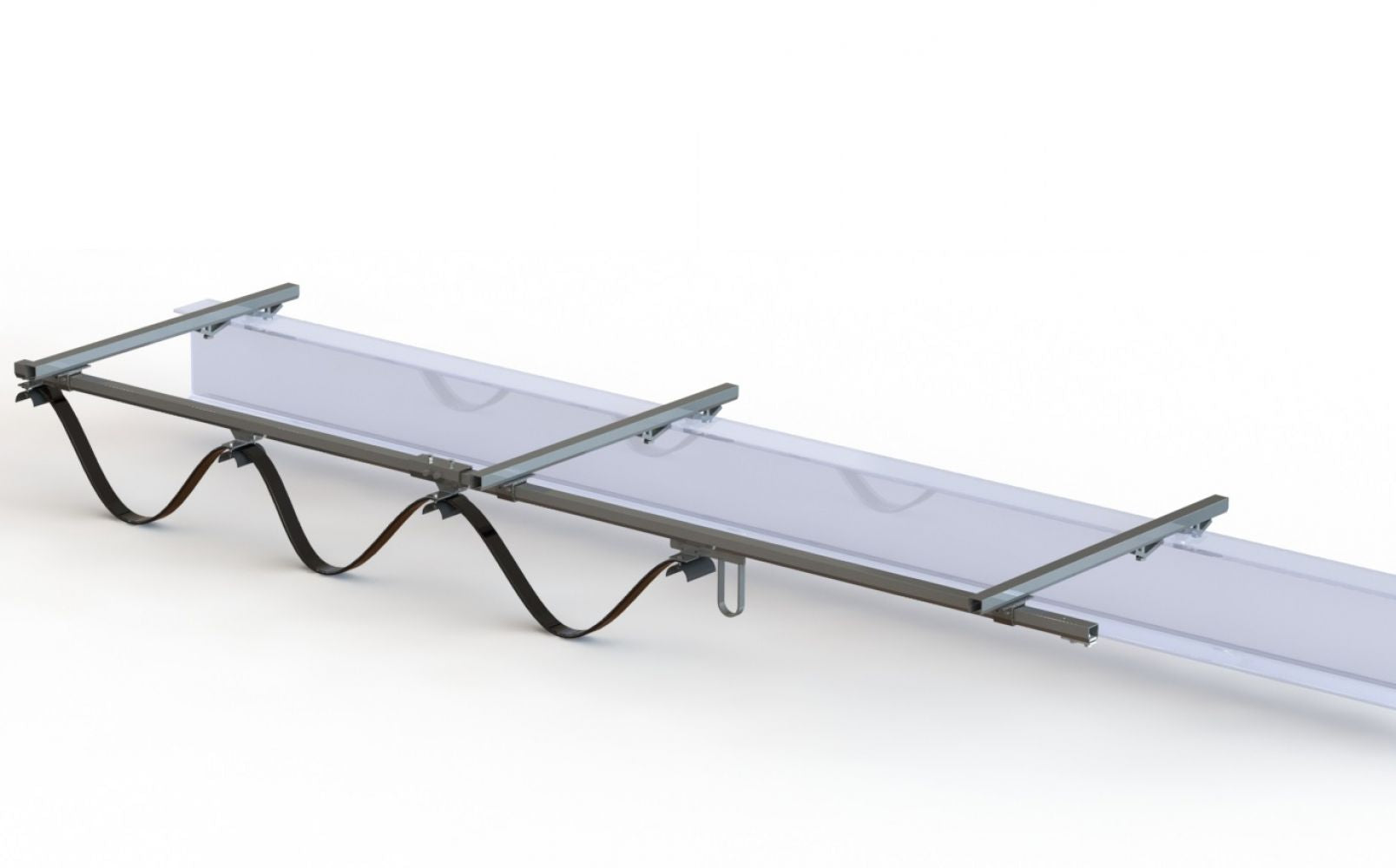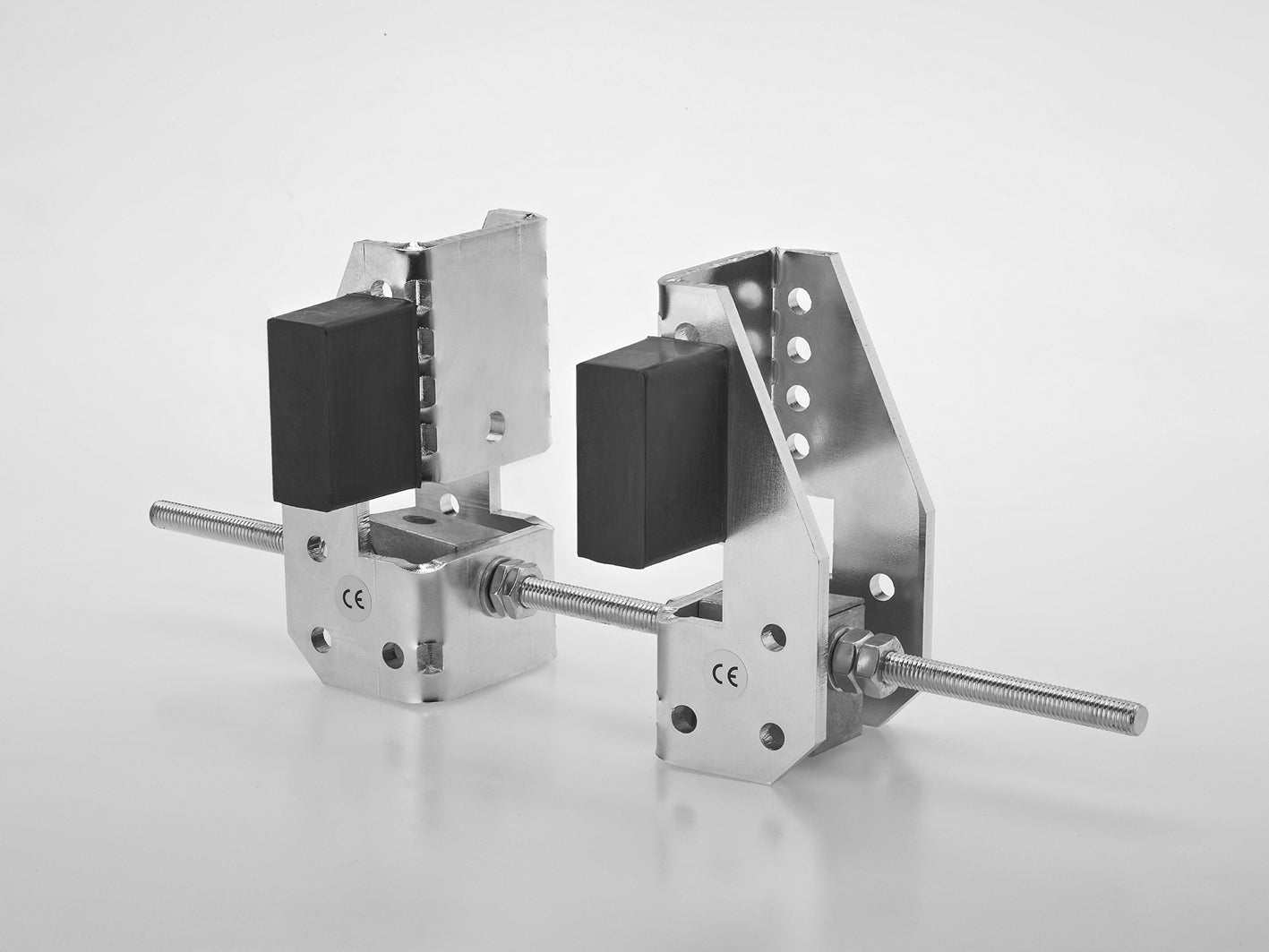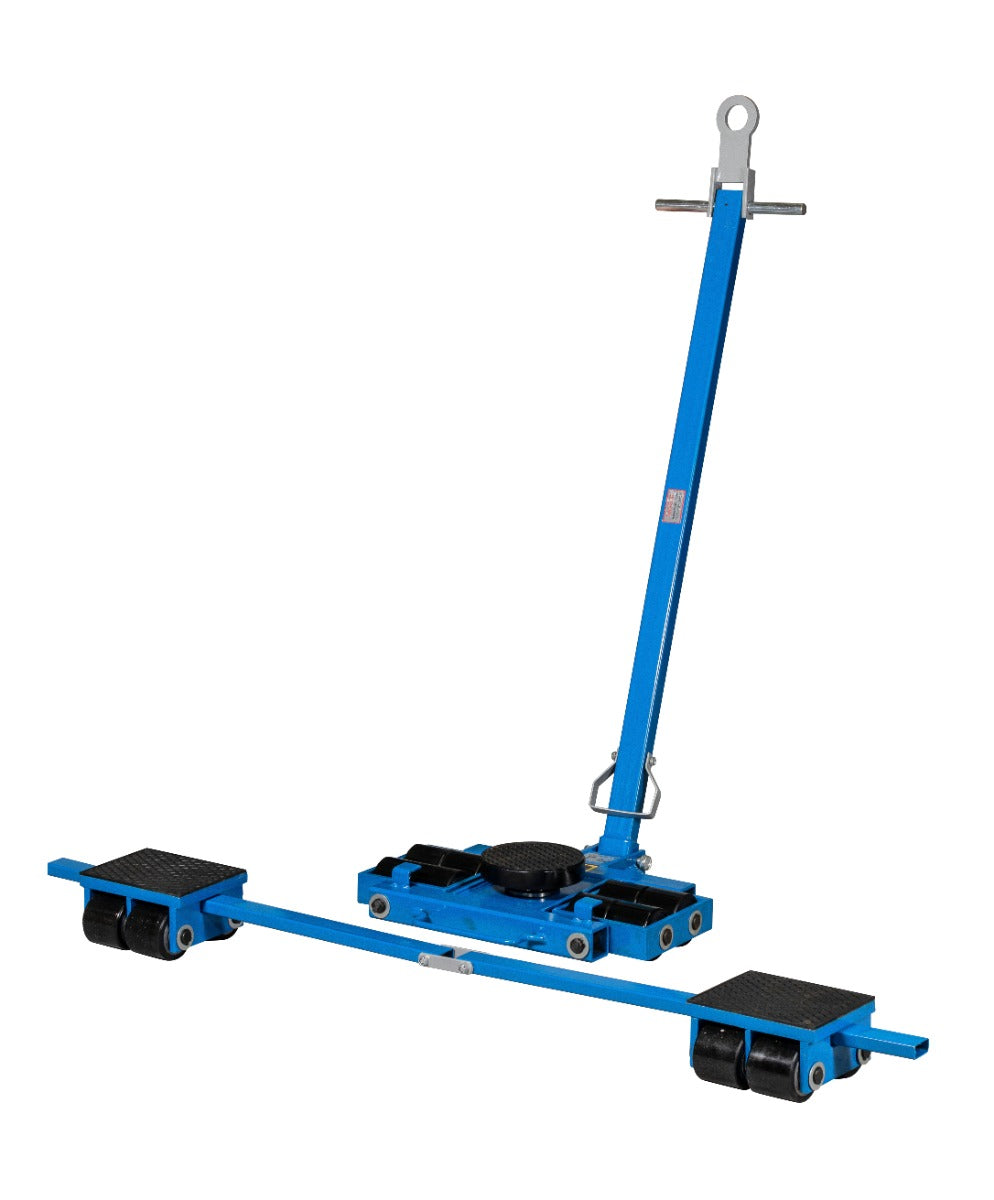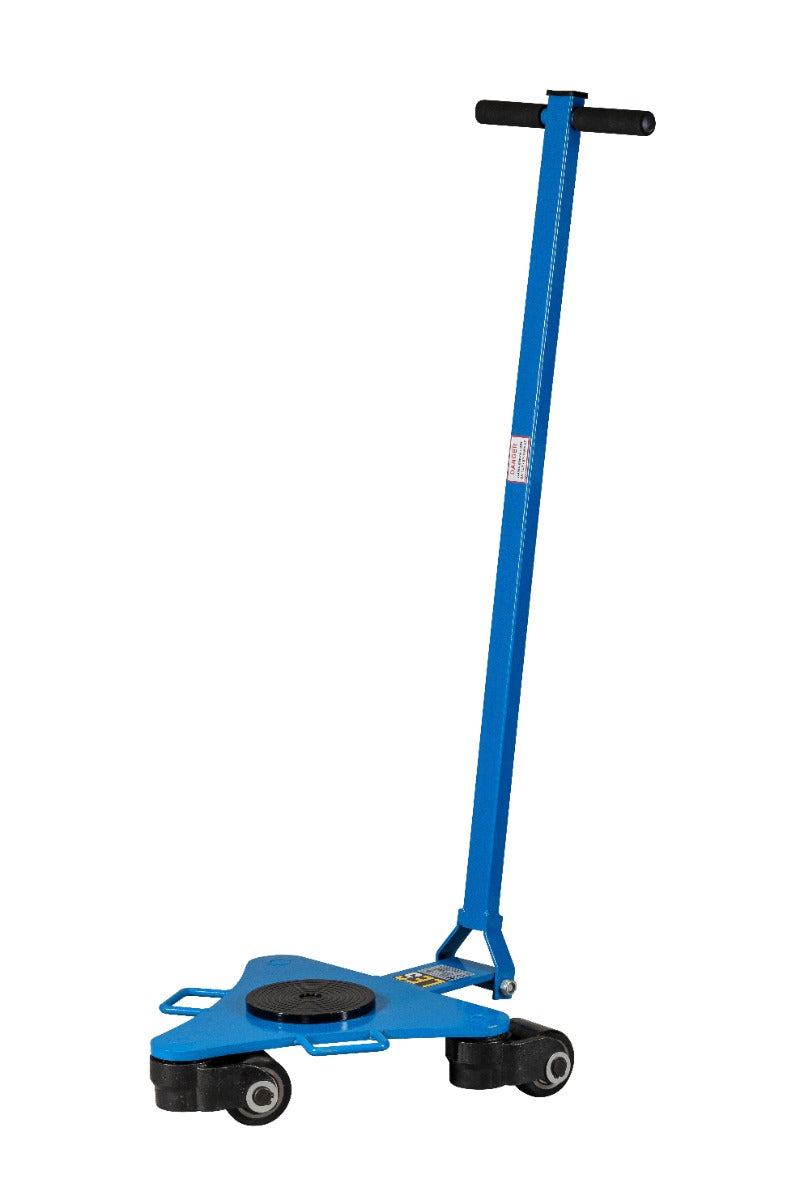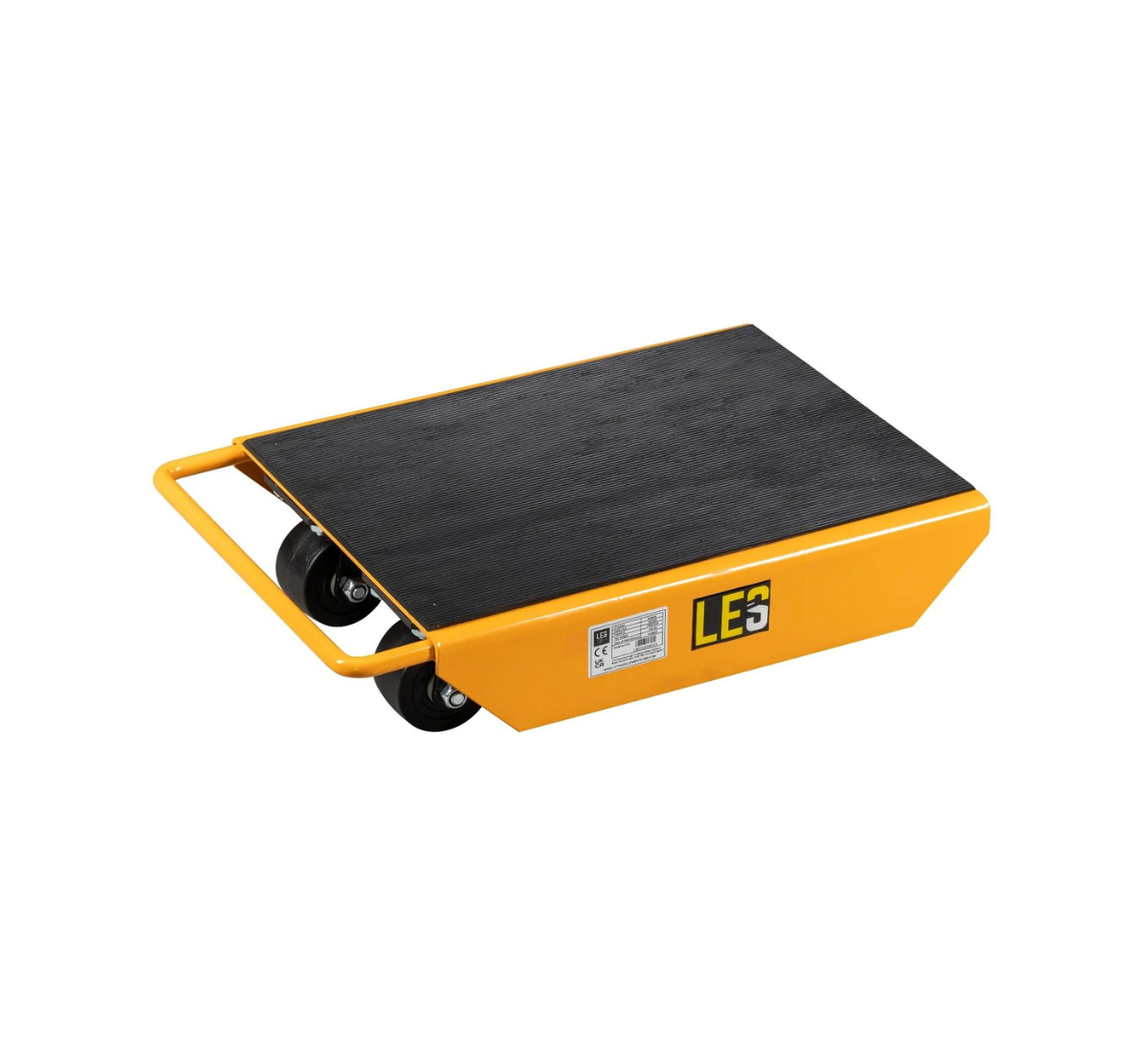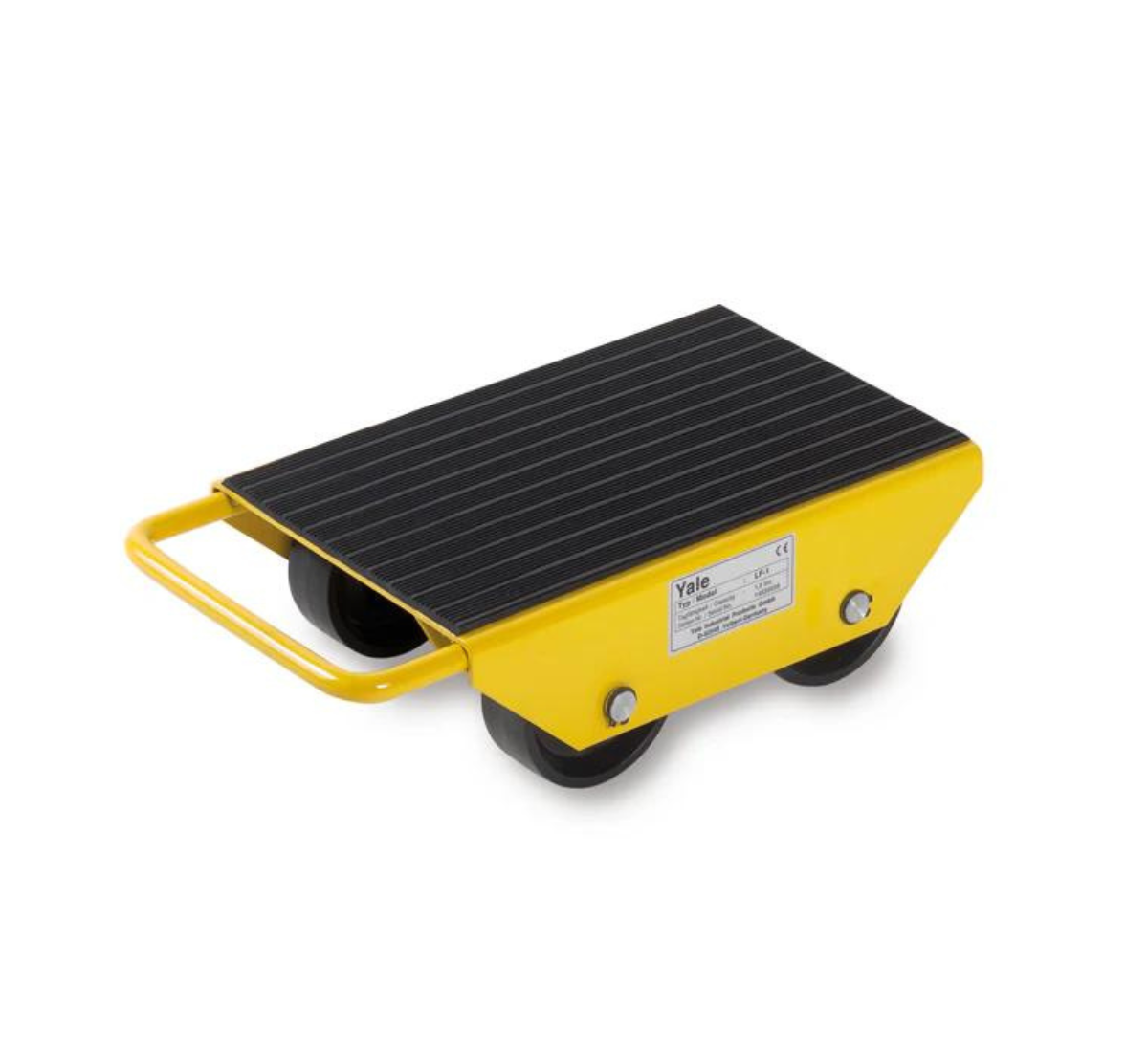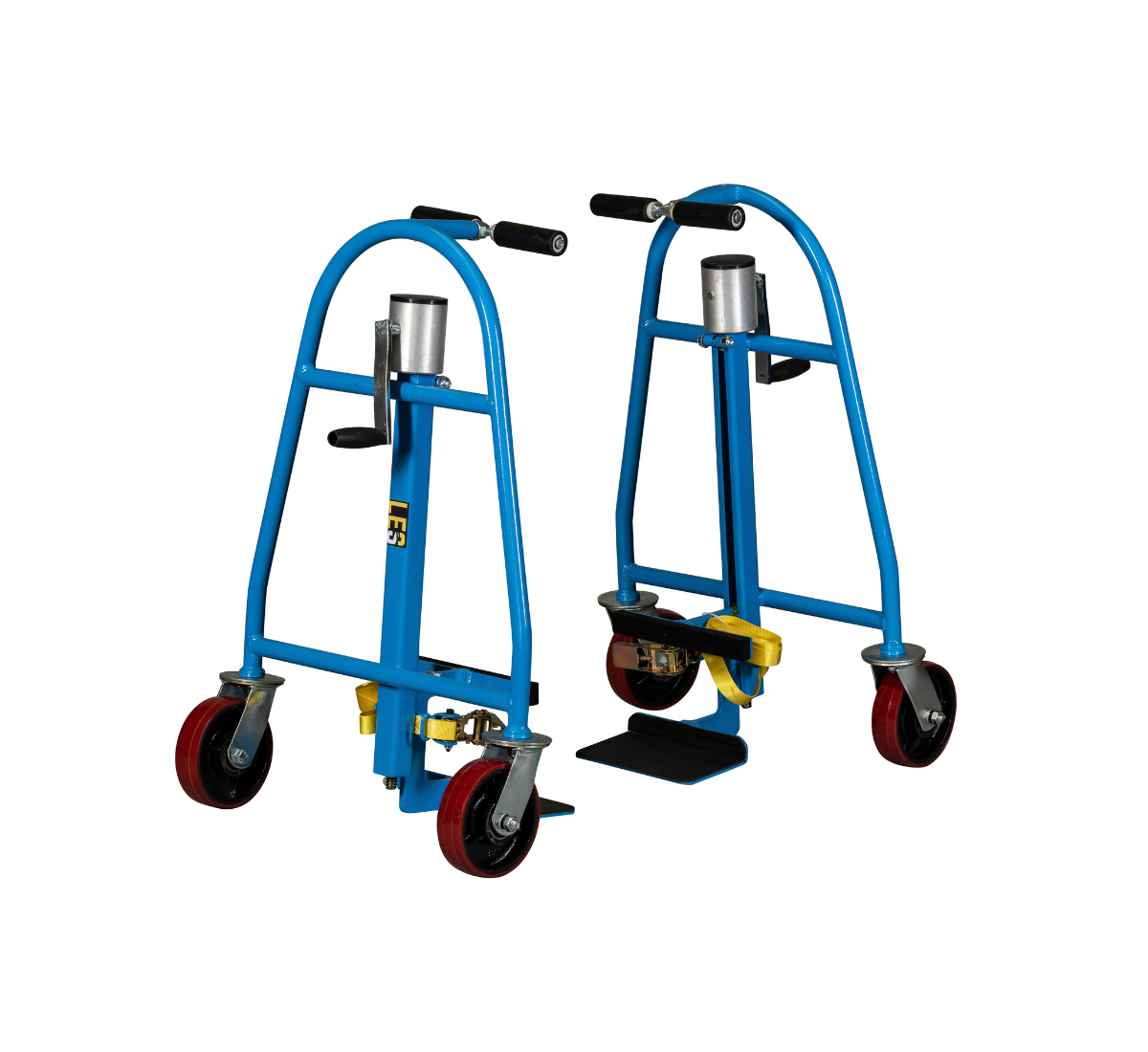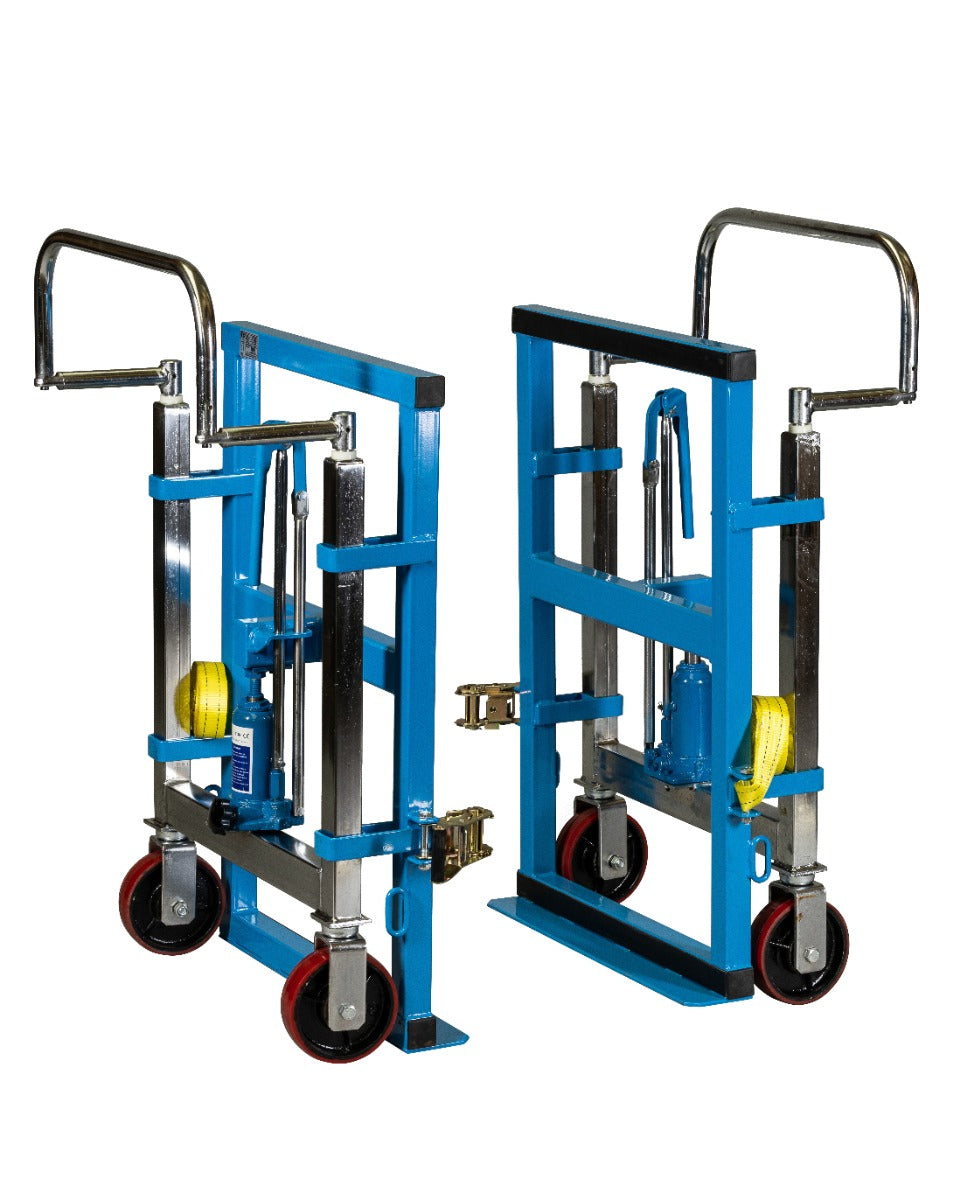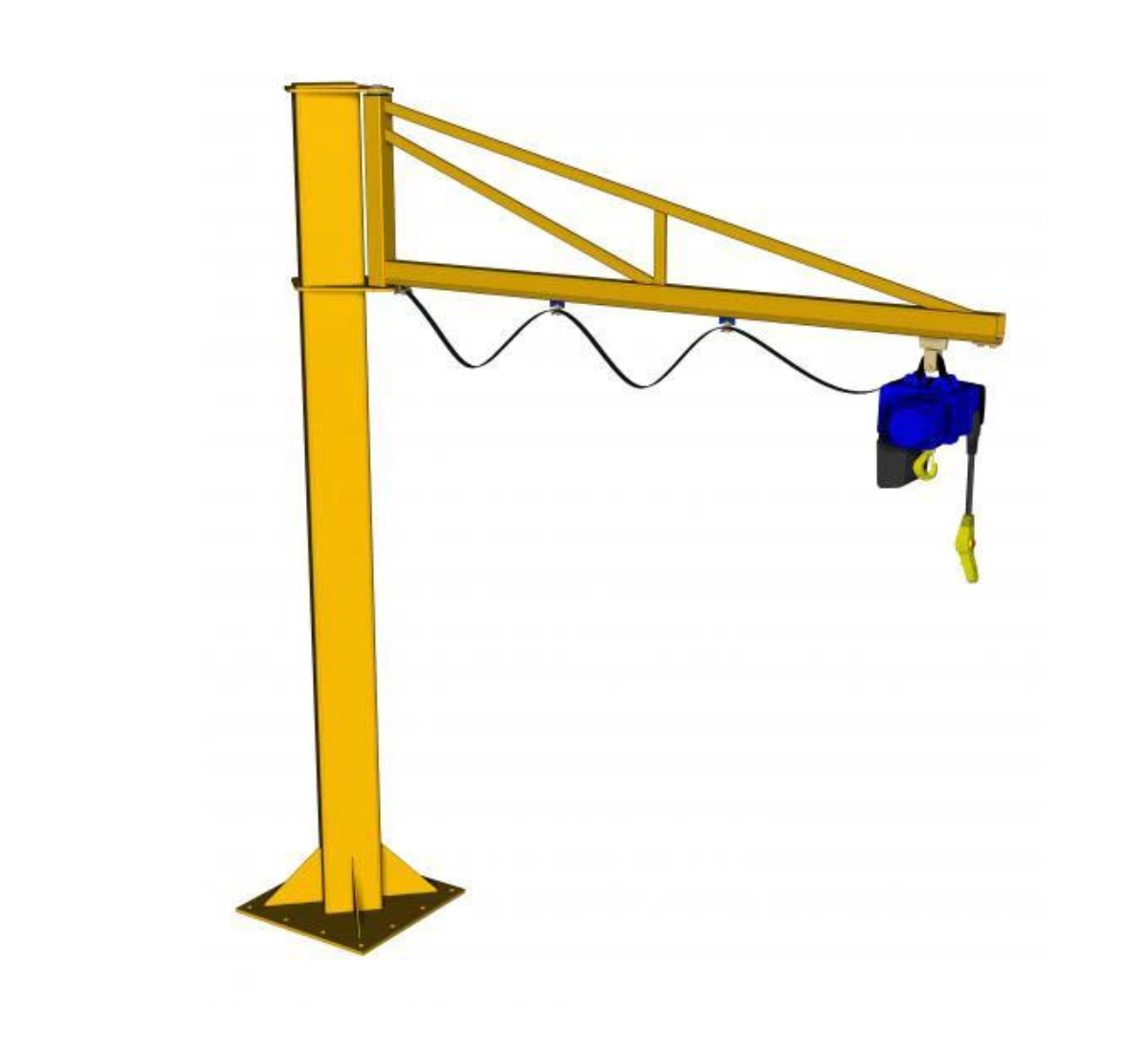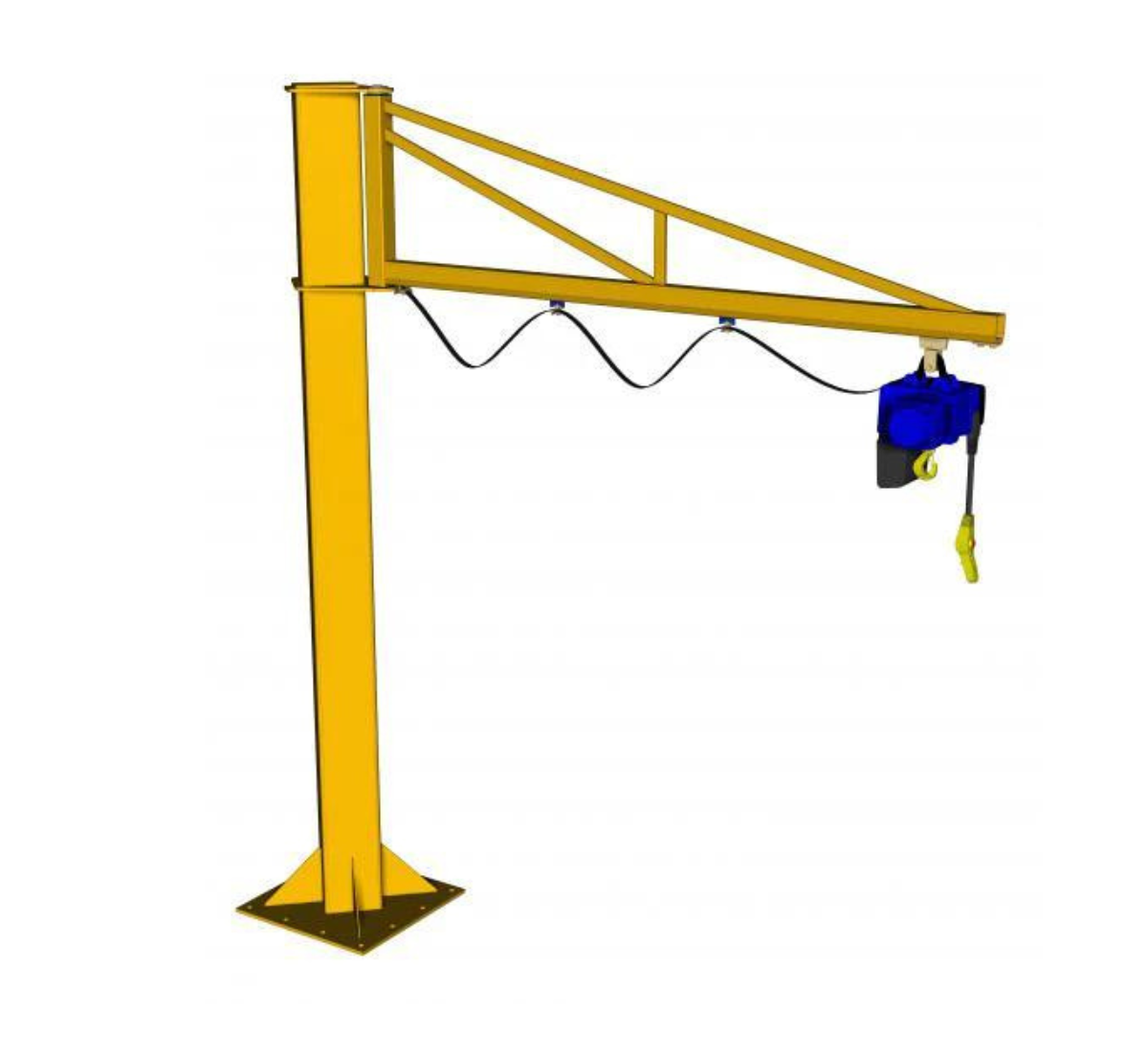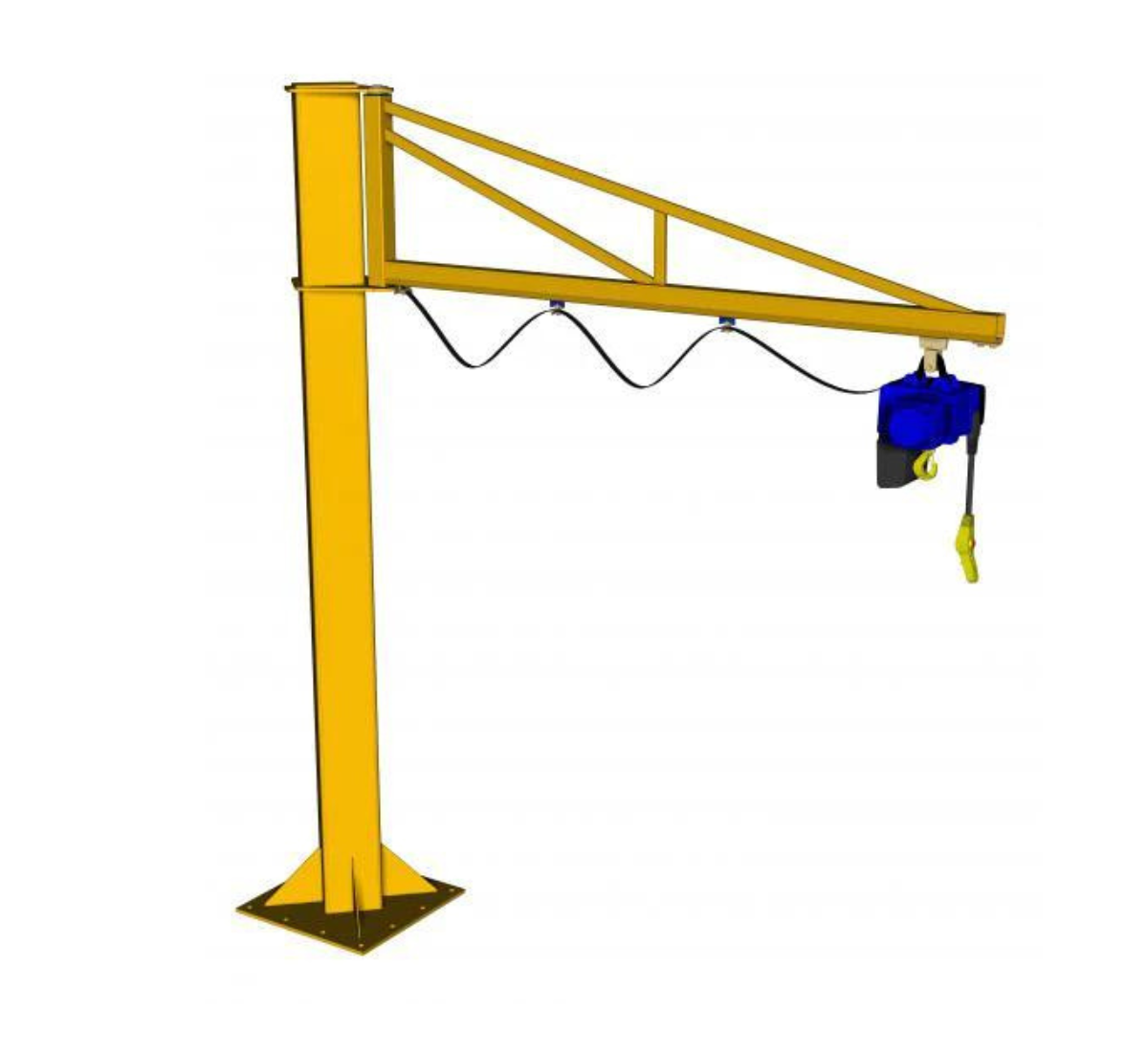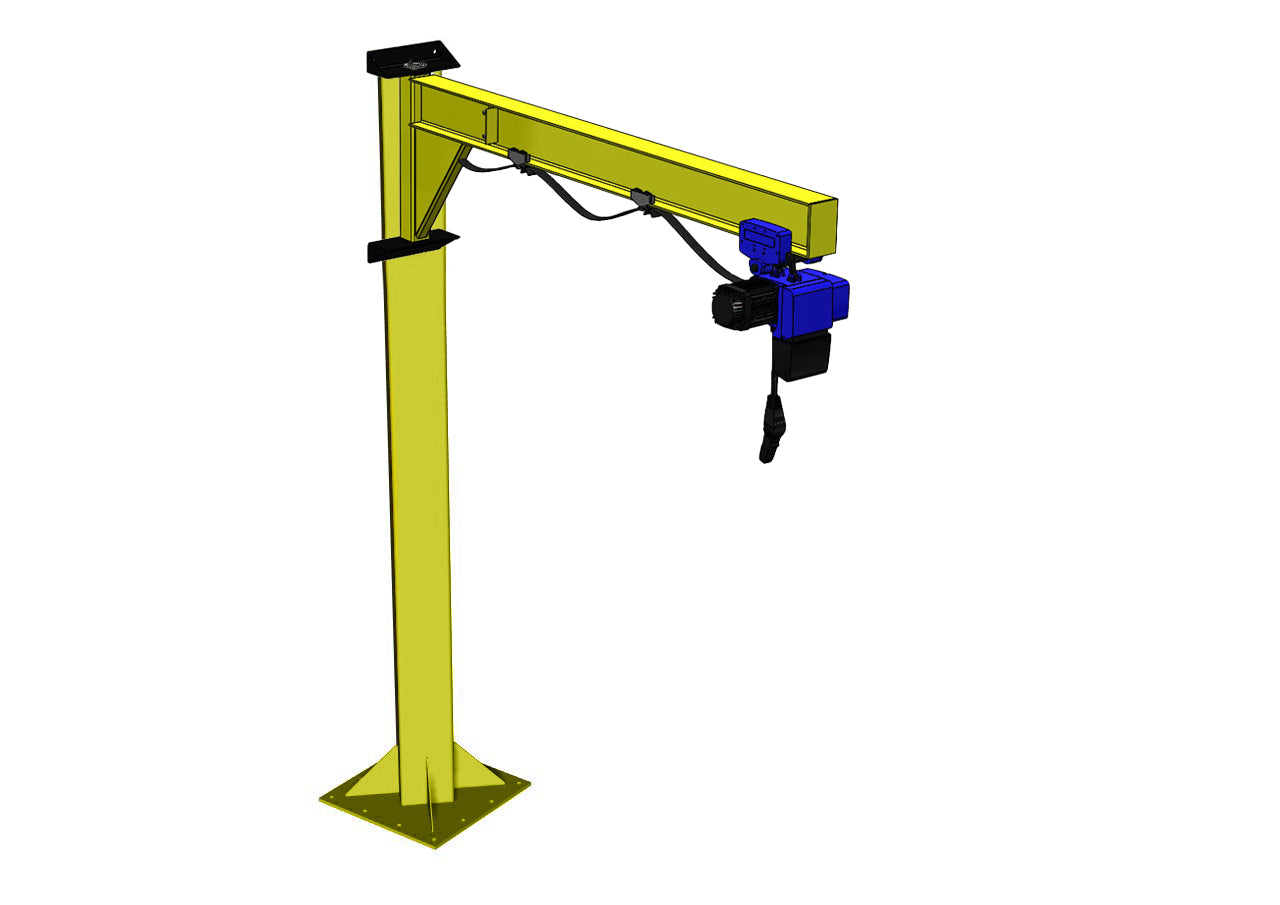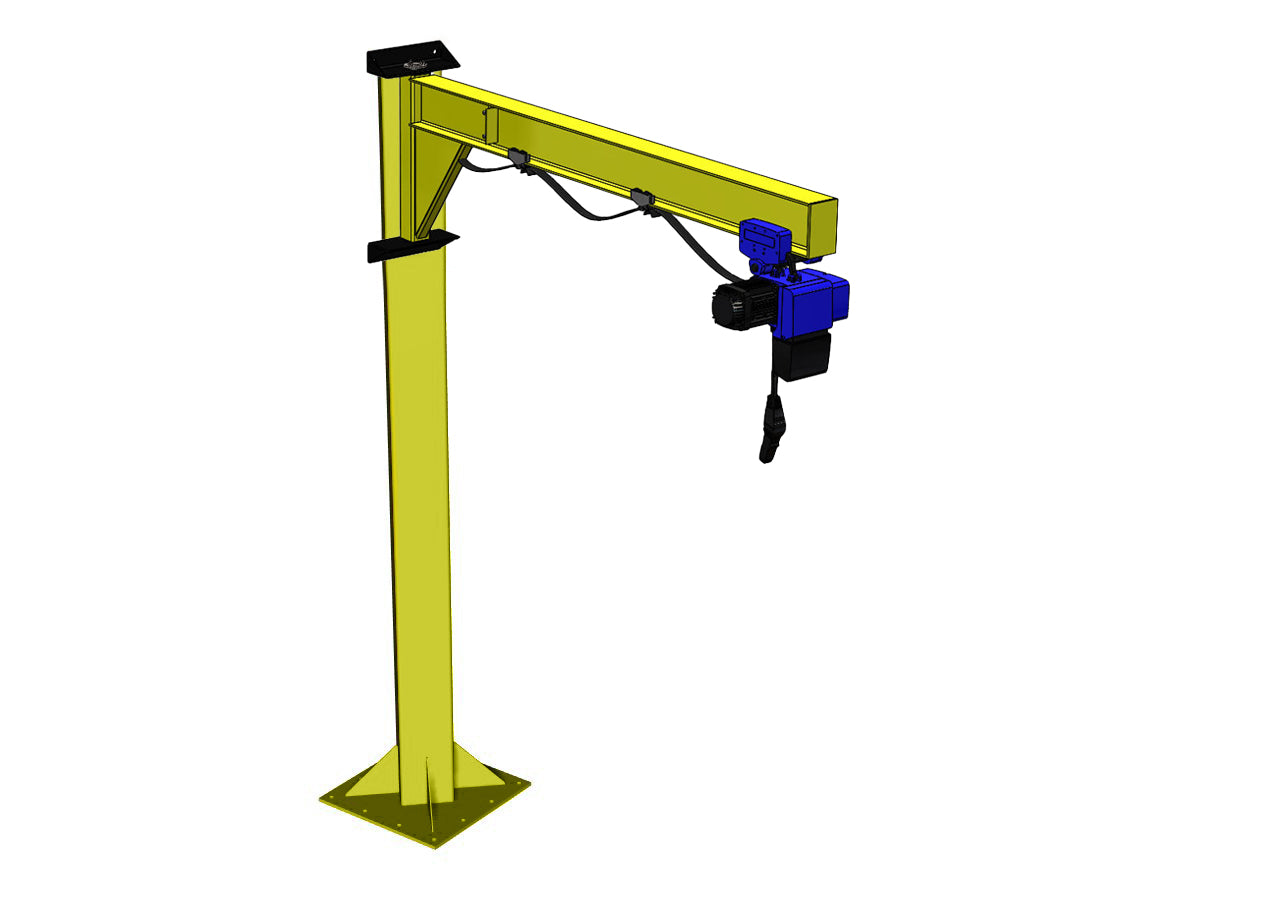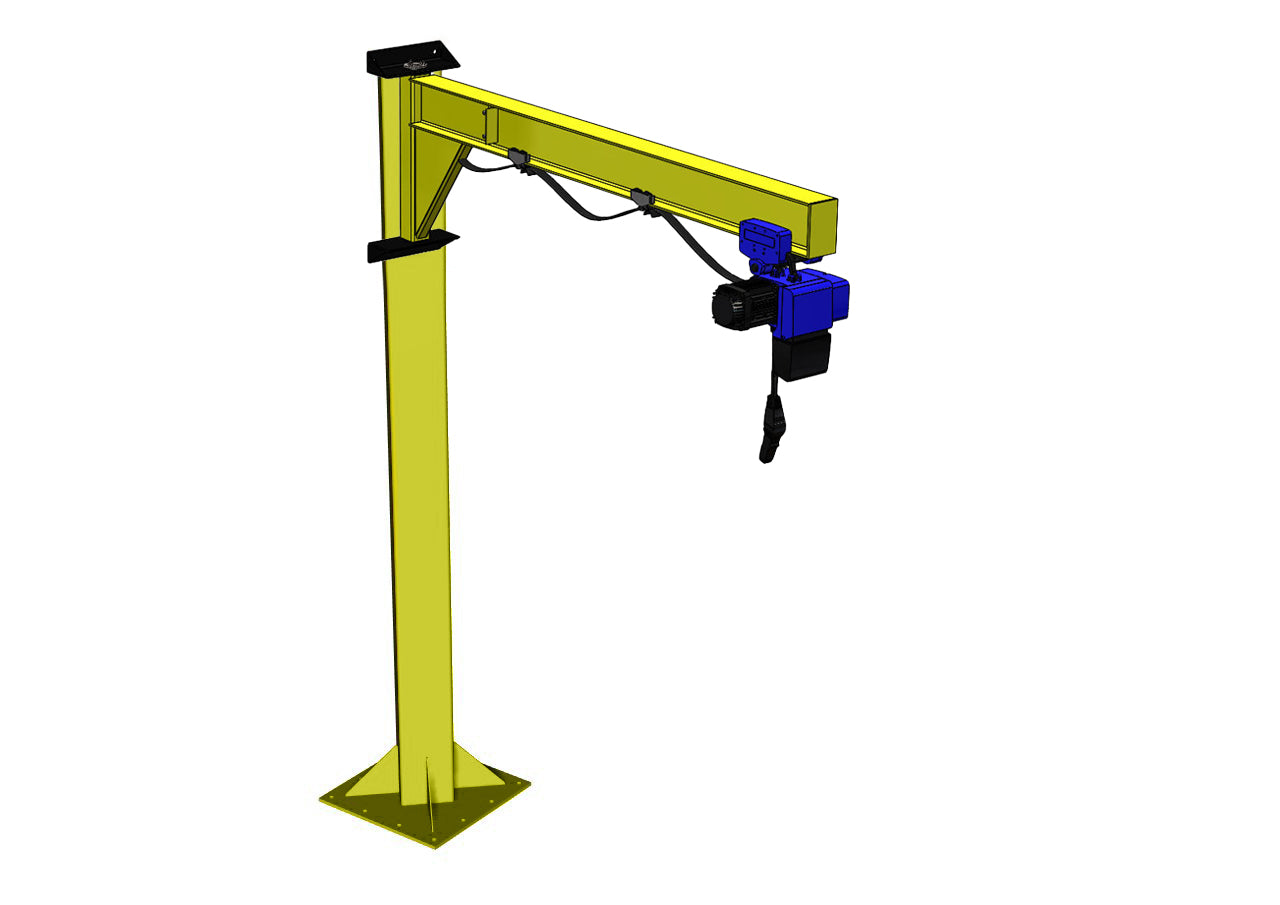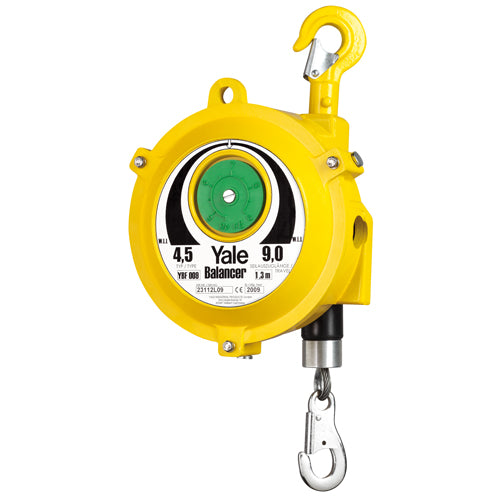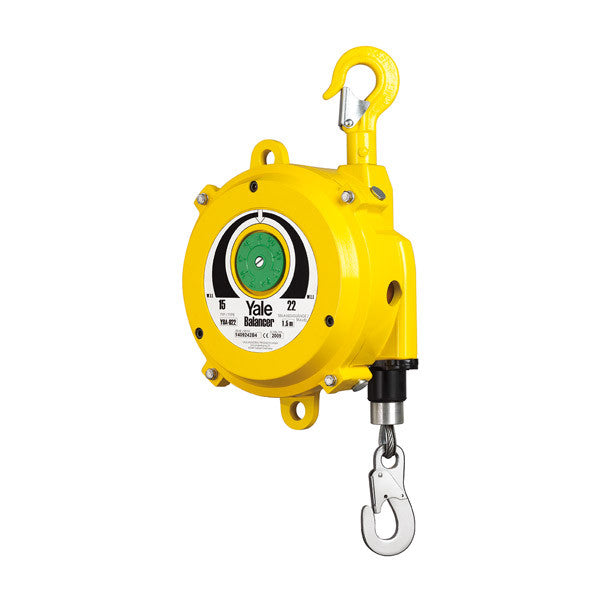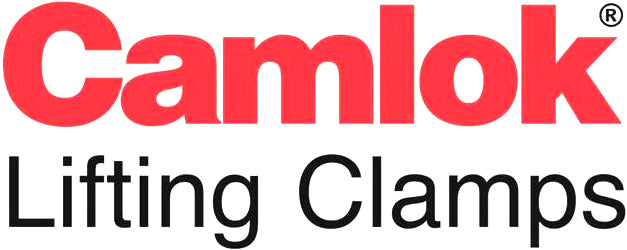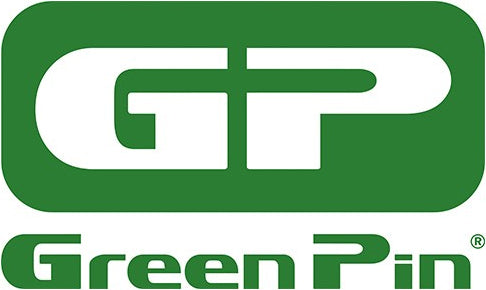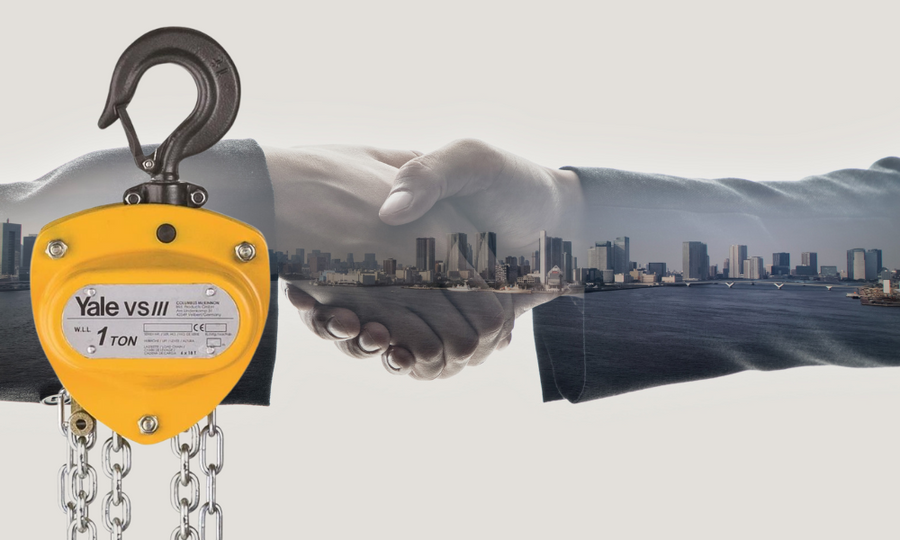Automotive
The automotive industry has undergone a remarkable transformation since the first official car was built in 1885. From the early days of handcrafted vehicles to an era of mass production pioneered from Henry Ford, to today, times driven by electric vehicles reshaping the way we look after the planet, one thing has always been clear – innovation has formed the epicentre of the automotive industry.

The automotive industry has undergone a remarkable transformation since the first official car was built in 1885. From the early days of handcrafted vehicles to an era of mass production pioneered from Henry Ford, to today, times driven by electric vehicles reshaping the way we look after the planet, one thing has always been clear – innovation has, and always will, form the epicentre of the automotive industry, standing as a testament to human ingenuity and technological advancement.
As we have seen these advancements shape the automotive landscape, we have also seen similar strides in the equipment used throughout the industry. You could say that lifting equipment is central to the smooth operation of vehicle and component handling.
The role of lifting equipment in the automotive industry
Lifting equipment plays a crucial role in the automotive lifecycle, assisting in a wide range of activities such as:
Manufacturing & Assembly:
Lifting equipment helps to facilitate the movement of vehicles, components, and sub-assemblies through the production line. From lifting engine blocks and transmissions to positioning body panels and chassis components, varying types of lifting equipment helps to speed up the process, increasing productivity.
Maintenance & Repair:
In automotive repair shops and service centre across the globe, lifting equipment, such as spring balancers and overhead cranes, allows technicians to lift vehicles for inspections, repairs, and servicing – anything from lifting a vehicle for an oil change, wheel alignment or suspension fix.
Inspections & Testing:
Certain types of lifting equipment are also essential for conducting thorough inspections and diagnostics. Access to critical parts and systems is required in hard to reach places, such as the undercarriage, suspension, and drivetrain.
What types of lifting equipment are commonly used?*
Vehicle Lifts:
This type of equipment is indispensable in auto repair shops, maintenance facilities, and assembly lines. Common models include two-post lifts, four-post lifts, scissor lifts, and mobile column lifts.
Engine Cranes:
A classic in all production lines and repair shops. A simple yet effective manner of removing an engine block from a car/van etc.
Overhead Cranes:
Jib Cranes play a vital role in the daily operations of an automotive manufacturing plant, where they are used to lift and manoeuvre heavy components, assemblies, and vehicles along the production line. They offer high lifting capacities and precise control, as well as taking up limited floorspace.
Hydraulic Jacks:
Hydraulic jacks come in a wide range of configurations, including bottle jacks, steel jacks, floor jacks, transmission jacks, toe jacks, forklift jacks, trolley jacks, and axle stands. Each and every one of these service an essential role in maintenance and repair tasks.
Spring Balancers:
Tool Balancers are often used to suspend tools or objects for easy tool access during maintenance and assembly tasks.
Forklift Trucks & Attachments:
No need for an introduction here, forklift trucks and a wide range of specialist attachments are utilised daily in the automotive world, whether that be in warehouses, distribution centres, or manufacturing facilities. This indispensable piece of equipment is used to lift, transport, and stack with precision and efficiency.
*Please note that the above this is not exhaustive and many more lifting solutions are deployed across the automotive industry. If you are unsure of what type of equipment you require for your specific task, don’t hesitate to give one of our highly trained team a call who are always happy to assist you in making the most informed decision for your business needs.
It’s clear that lifting equipment to a large degree serves as a staple for efficiency, productivity, and safety throughout the automotive circle. By understanding the functionalities and applications of lifting equipment, professionals in the world of automotive can begin to optimise their operations, enhance their offering, increase workplace safety, and uphold the highest standards of quality and efficiency in such a dynamic industry.
LEGISLATION IN MOTOR VEHICLE REPAIR (MVR)
The requirements of PUWER and LOLER act together, with PUWER handling non-lifting aspects including choice of equipment, maintenance, and training, while LOLER covers items such as initial installation, physical lifting operations, and thorough examination requirements.
Under PUWER ‘98 (Provision and Use of Work Equipment Regulations 1998) all tools, machinery, and equipment used in a workspace are covered by the regulations. Work equipment also includes commercial vehicles such as recover vehicles, vans, and lorries. However, it does not cover a privately owned vehicle such as a customers car.
LOLER ‘98 (Lifting Operations & Lifting Equipment Regulations 1998) will apply widely in MVR, varying with the associated risks .For example, buildings are not classed as part of work equipment, but where parts of the building are part of, or support, lifting equipment, the LOLER will apply.
Read the full scope of lifting equipment in the automotive industry by clicking below.
